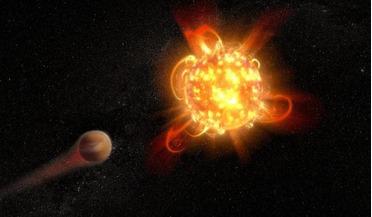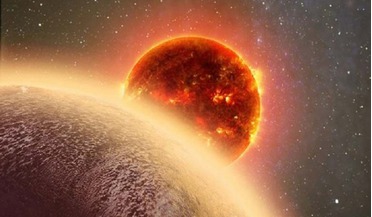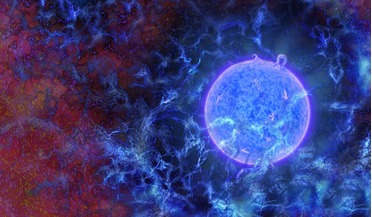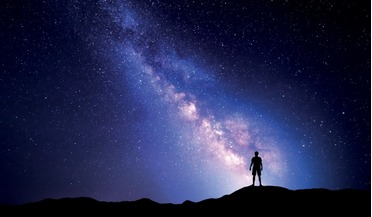 03 August 2018
Plate tectonics not needed for life, but UV light is
03 August 2018
Plate tectonics not needed for life, but UV light is
... of planets where the same chemical conditions that may have led to life on Earth exist. The type of light is ultraviolet (UV) light - the wavelength of light that burns your skin if you don’t cover up sufficiently on hot days...
 22 October 2018
Frequent superflares spell doom for life around red dwarfs
22 October 2018
Frequent superflares spell doom for life around red dwarfs
... HAZMAT program's principal investigator. "These low-mass stars are critically important in understanding planetary atmospheres." Studying ultraviolet light emitted from stars not only helps reveal details about how active the red dwarf is, but...
 02 March 2016
Using MUSCLES to test for life on other planets
02 March 2016
Using MUSCLES to test for life on other planets
... in a survey dubbed the Measurements of the Ultraviolet Spectral Characteristics of Low-mass Exoplanetary Systems Treasury Survey... to produce this result is when a star's ultraviolet (UV) light splits apart carbon dioxide (CO2) molecules, freeing some...
 02 March 2018
Light from the Universe’s first stars detected
02 March 2018
Light from the Universe’s first stars detected
... As such optical telescopes would struggle to see any light that was emitted from these behemoths before they likely exploded...would have released tremendous amounts of ultraviolet (UV) light and that this light could have interacted with free-floating...
 November 2017
Radiation protection for space colonists and travellers
November 2017
Radiation protection for space colonists and travellers
... Apollo capsules protected the astronauts from most types of radiation on their way to the Moon. Ultraviolet (UV) light is more powerful than visible light and it is the weakest form of photonic radiation that can cause us harm. It doesn’t penetrate...